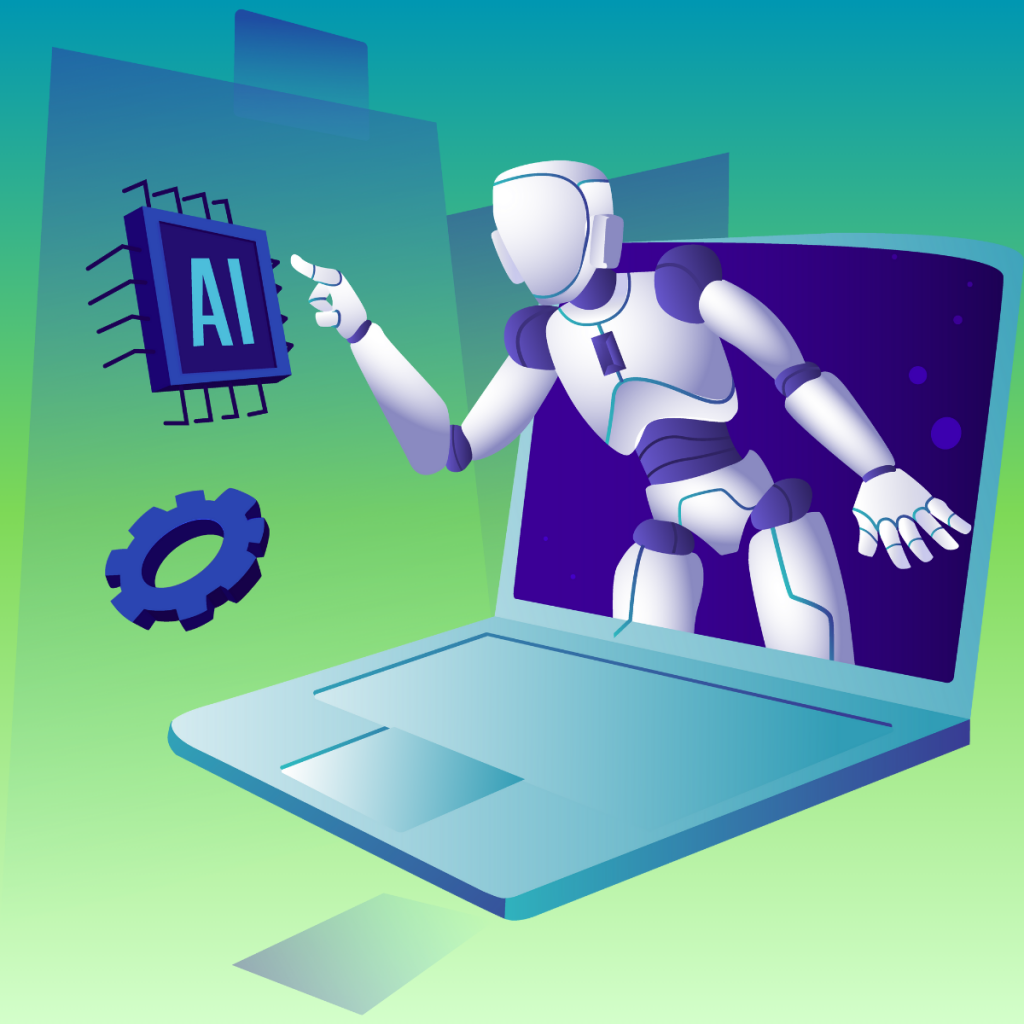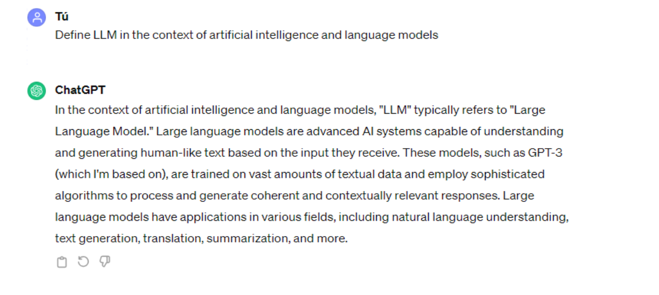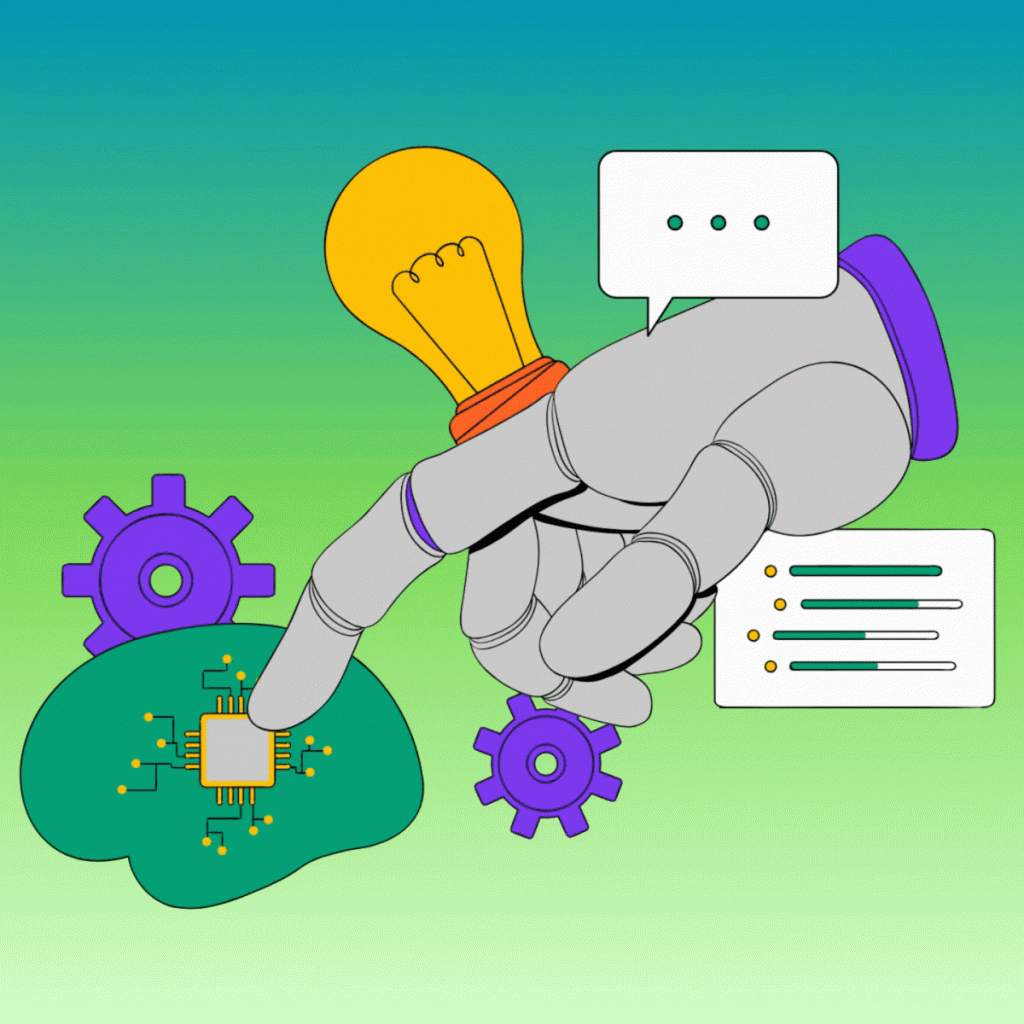 Today, we are living in challenging times. Things are changing fast in the world in general and in the language industry in particular. Artificial intelligence is seeping into all areas of our lives and work. How can we adapt and create opportunities to better help our clients?
Today, we are living in challenging times. Things are changing fast in the world in general and in the language industry in particular. Artificial intelligence is seeping into all areas of our lives and work. How can we adapt and create opportunities to better help our clients?
Let’s start with some definitions related to Artificial Intelligence in the language industry:
-
Neural Machine Translation (NMT):
Neural machine translation (NMT) is a machine translation method based on artificial neural networks that has seen significant improvements in recent years. Before the advent of NMT, machine translation engines were based on statistical methods, which have more limitations and errors.
-
Machine Translation Post-Editing (MTPE):
Machine translation post-editing (MTPE) refers to the review of an automatically translated text (produced by an NMT engine) by a professional translator or specialized linguist. The translator’s job in the post-editing process is different from other types of revision because he or she has to take into account that the translation was done by Artificial Intelligence (AI), which is not always consistent and may make cultural and contextual mistakes.
-
Large Language Models (LLMs):
A large language model (LLM) is a giant statistical model that uses a large amount of data to produce content.
“An LLM is notable for its ability to achieve general-purpose language generation and other natural language processing tasks. LLMs are artificial neural networks. Some LLMs are private (OpenAI‘s ChatGPT) and others are Open Source.”*Source: Wikipedia
-
Prompt Engineering:
“Prompt engineering is the process of structuring text that can be interpreted and understood by a generative AI model. A prompt is natural language text describing the task that an Artificial Intelligence (AI) should perform.”*Source: Wikipedia
Examples of prompt engineering:
If we simply ask ChatGPT what an LLM is, it does not give us the expected answer. However, if we then give the LLM more context, it gets it right:
When we asked ChatGPT: “Tell me what an LLM is”, we got the following answer:

We then asked ChatGPT: “And in the context of a language model?” and we got the following answer:

Alternatively, we can start by including more information in the initial prompt, which will result in a better response. This is called “prompt engineering”:

-
Generative AI:
“Generative artificial intelligence (generative AI, GenAI,or GAI) is artificial intelligence capable of generating text, images, videos, or other data using generative models, often in response to prompts.Generative AI models learn the patterns and structure of their input training data and then generate new data that has similar characteristics.”*
*Source: Wikipedia
Now let’s look at some of the features of LLMs:
- They are based on millions of segments.
- They can be combined with translation memories (TMs) and machine translation (MT) + a glossary to make decisions based on all these resources.
- They give translators more options, meaning the crux of the review task is the human choice, the most powerful part of the translation process.
- You can use natural language to interact with them.
- There are different LLM usage levels:
- Prompt engineering (not customizable)
- LLM model finetuning with Python (open-source models)
- Creating your own LLM
Now that we understand what LLMs are and how they work, let’s look at some examples of real use cases they can be used for:
- Glossary creation: They can be used to extract terms from a text that can later be added to a glossary. They can even add a definition for each term.
- Restructuring .srt files (for subtitles): They can convert segmented lines to real sentences in .srt files so that CAT tools can process them properly.
- Language quality assurance (LQA): They can analyze text and perform QA in different languages.
LLMs thus offer many benefits for the language industry, but there are caveats:
- There are around 7,000 languages in the world, but LLMs are only trained in about 20 of them, mainly English, meaning there is still a long way to go.
- LLMs can make mistakes, so it is paramount for subject matter experts to review the information they generate.
- Depending on which LLM we use, we may need to bear in mind that any information we upload will be used to train it, and confidential information will be lost.
Conclusion
We should become experts in AI to help our clients implement it in their processes. We have to learn how to use NMT, LLMs, and any other Artificial Intelligence (AI) tool that can make us more productive, reduce costs, and help our clients, depending on their needs.
If you want to know how to implement AI in your processes, email us, and we will analyze your project. It will be a pleasure to help you.

